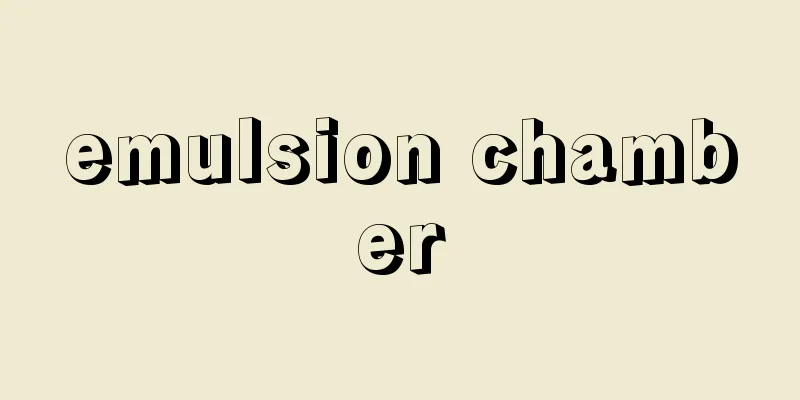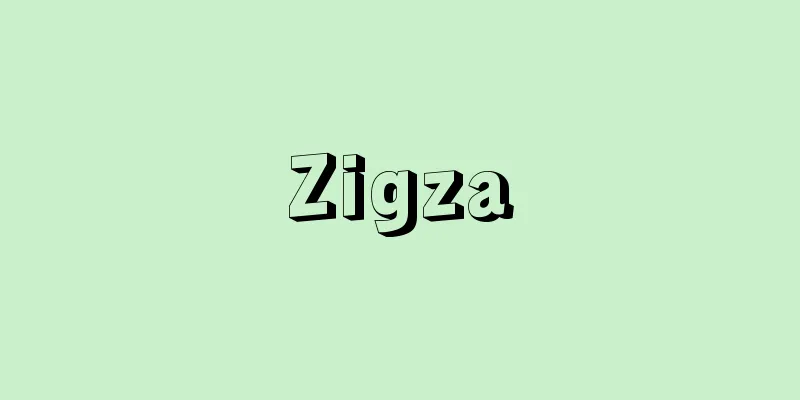The Kiyoura Keigo Cabinet

|
(1924.1.7~6.11, Taisho 13) [Yasushi Toriumi] "Japanese Cabinet History 3" edited by Shigeru Hayashi and Seimei Tsuji (1981, Daiichi Hoki Publishing) [References] | | | |©Shogakukan Library "> Keigo Kiyoura *Some ministers with short tenures have been omitted . The Kiyoura Keigo Cabinet Source: Shogakukan Encyclopedia Nipponica About Encyclopedia Nipponica Information | Legend |
|
(1924.1.7~6.11 大正13) [鳥海 靖] 『林茂・辻清明編『日本内閣史録3』(1981・第一法規出版)』 [参照項目] | | | |©小学館ライブラリー"> 清浦奎吾 ※在任期間が短い閣僚は一部省略した©Shogakukan"> 清浦奎吾内閣 出典 小学館 日本大百科全書(ニッポニカ)日本大百科全書(ニッポニカ)について 情報 | 凡例 |
<<: Madness Opera - Kyoran Opera
Recommend
Theory of development of a single lineage - Ikkei Hattenron
...There are views on this issue, including those...
Altered lyrics - Kaeutā
It is a type of parody that imitates the style and...
Local fix - Local fix
During the Edo period, this referred to the Shogun...
Kabir
…The national and official language of Algeria is...
《Leather Wallet》 - Kawazaifu
...The title of a Rakugo story. It is also called...
Riemann's mapping theorem
...The Schwarz–Christoffel formula is used to exp...
Voroshirov
…A city in Primorsky Krai, eastern Russia. Popula...
Plague
(6) Plague Definition/Concept Plague is a disease ...
JETRO
The abbreviation of Japan External Trade Organizat...
Vanzetti, B.
...A famous case in the history of American trial...
Draft text - Anmon
〘noun〙① A draft of a document. A rough draft. A dr...
World Student Christian Federation - Sekai Gakusei Christ Kyorenmei (English) World Student Christian Federation
A worldwide organization of Protestant student mov...
Shelduck (Tsukushima duck) - Shelduck (English spelling)
A bird of the Anatidae family (illustration). It b...
Gozumezu - Cow's Head and Horse's Head
In Buddhism, they are prison guards from hell who ...
Upsetting - Upsetting
…The former is usually used to manufacture large ...









